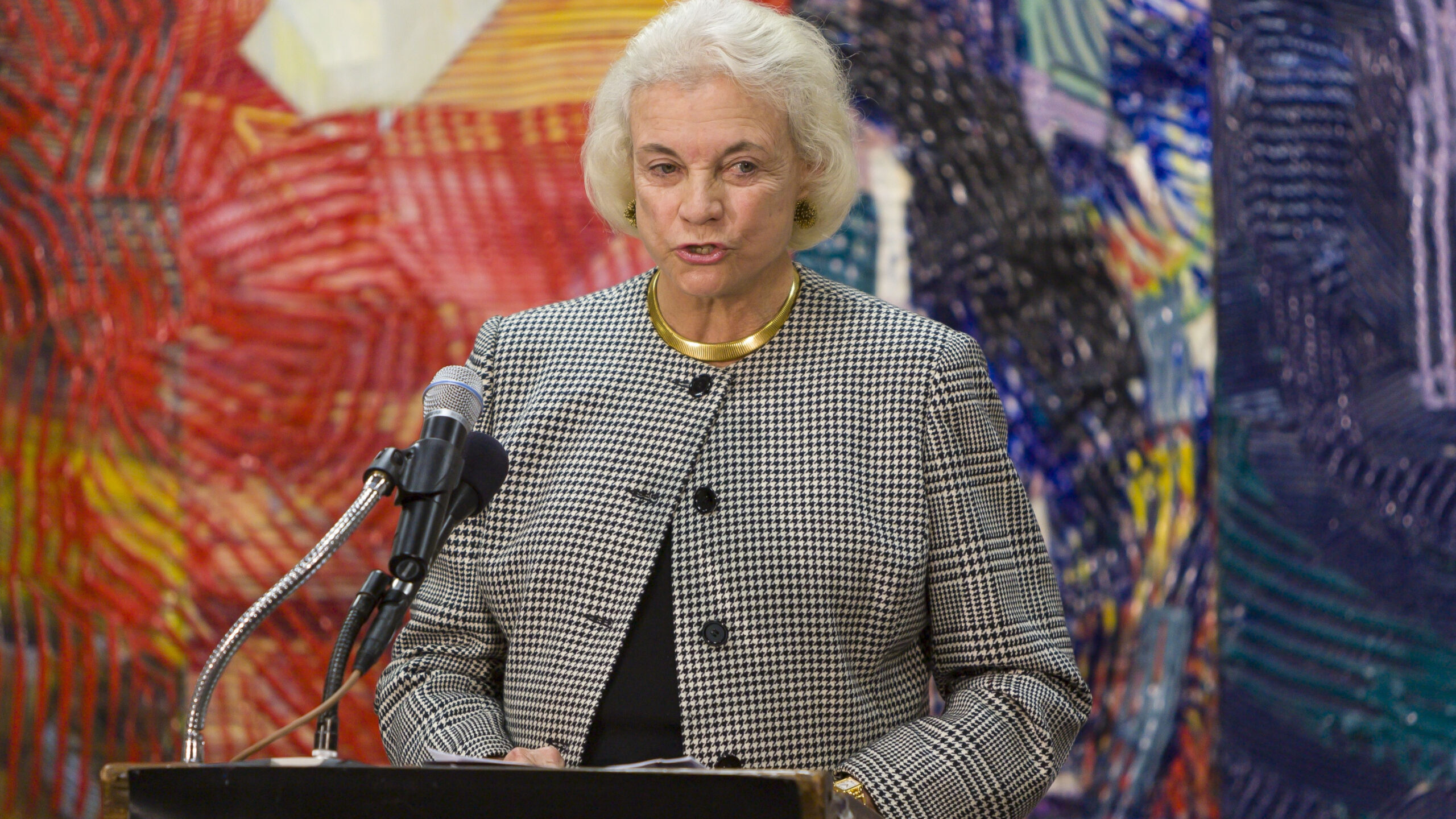Night Sight, Digital Photography, and Copyright
Recent software innovations in smartphone photography are likely to have a disruptive impact on professional photographers. New business models, rather than changes to copyright law, provide the best path forward.
An article by Geoffrey Fowler in the Washington Post discusses the “Night Sight” mode on Google’s Pixel 3 smartphone and similar innovations. Using artificial intelligence and other software advances, Night Sight significantly enhances photographs taken in the dark. Fowler mentions new features on other smartphones that may also improve the quality of the image: the iPhone “portrait mode” reduces red-eye; some smartphones marketed outside the U.S. automatically slim heads, brighten eyes, and smooth skin in selfies; and the “high dynamic range” on many phones merges multiple shots taken at different exposures to produce a more dramatic image with shading and highlights.
Fowler observes that smartphones “democratized photography for 2.5 billion people—taking a great photo used to take special hardware and a user manual.” Fowler contends that the new smartphone software goes a step further: it is “democratizing creating beauty.” He states that “editing photos no longer requires Photoshop skills. Now when presented with a scenic vista or smiling face, phone cameras tap into algorithms trained on what humans like to see and churn out tuned images.”
Marc Levoy, a computer scientist involved in the Night Sight project, acknowledges that the developers had to make many aesthetic decisions, leading Fowler to ask, “if our smartphones are making up colors and lighting to please us, does it really count as digital photography? Or is it computer-generated artwork?”
Regardless of the answer to that philosophical question, these software innovations pose serious competitive challenges to professional photographers already threatened by smartphones. In 2016, I wrote a post for DisCo where I observed that the stunning images displayed in Apple’s “Shot on an iPhone 6” demonstrated that the competition enabled by digital photography caused photographers’ income to decrease. I suggested that for many situations in the past where individuals or companies would have hired a photographer, they now relied on friends or employees with a smartphone. Additionally, I noted that digital photography lowered the barriers to entry to the photography profession. Photographers no longer need darkrooms and expensive developing equipment, extensive training on development techniques, or a large investment in purchasing film to learn their craft.
My point was not that smartphones enabled less experienced photographers to capture images as good as those taken by highly skilled, seasoned professionals. Rather, smartphones enabled less experienced photographers to take photographs that were good enough to displace the bread-and-butter work of some professional photographers. New software-based features such as Night Sight increase the range of situations where smartphones allow less-experienced photographers to take good enough photographs. Previously, taking sharp images in low light situations was extremely difficult and required expensive equipment and great expertise. Now, someone with a decent eye and a Pixel 3 can take photographs that are good enough for many events. The default aesthetics of Night Sight will satisfy many, if not most, potential customers.
In response to this changing technological landscape, many of the organizations representing photographers have focused their energies on reforming copyright. For example, these associations strongly support the Copyright Alternative in Small Claims Enforcement (“CASE”) Act, H.R. 3945, which would create a small claim tribunal in the Copyright Office. They believe that by making it easier to enforce their copyrights in the digital environment, the legislation would prevent the declining income experienced by many photographers.
Without a doubt, infringement over digital networks does pose a problem to some photographers, but certainly not the existential threat of the competition enabled by smartphones. Moreover, it is difficult to see how the small claims tribunal envisioned by the CASE Act would meaningfully help photographers harmed by digital networks. A striking photograph posted on a newspaper’s website will spread virally, and the photographer could not possibly sue all the potential defendants, even in a small claims tribunal.
Digital networks provide both opportunities and challenges to rights holders. Many rights holders have adjusted to the challenges by adopting new business models—for example, finding new ways of selling scarcity. The music industry has responded to infringement over digital networks by shifting to greater reliance on live performances. Similarly, the movie industry has enhanced the theatre-going experience. At the same time, both the music and film industries have taken advantage of digital networks by moving to subscription, all-you-can-eat models—the opposite of scarcity.
Photographers may not have the option of either of these models. But we underestimate the resourcefulness and business acumen of photographers to assume that professionals disrupted by technological progress won’t develop a successful business model. Moreover, what it means to be a photographer likely will change. As software becomes more important to photography, photographers probably will have to learn to become ever more adept at manipulating the images they create and incorporating them into larger digital works.
Significantly, technological innovation does not necessarily replace humans. As Jim Bessen has pointed out, the development of ATMs has actually led to an increase in the number of human tellers. ATMs decreased the cost of operating a bank branch, which led to an increase in the number of branches, which in turn resulted in the hiring of more tellers. These tellers have new skill sets, focused on marketing the bank’s full line of services. In other industries, labor-saving technologies have also led to more employment. Scanning technology has led to more cashiers, electronic discovery software has resulted in more paralegals. But these new jobs invariably involve new, often technology-related, skills.
The energy of associations representing photographers would be better directed toward helping photographers develop business models and skills that would allow them to thrive in the digital environment, rather than lobbying Congress to make changes to copyright law of questionable utility.








